Tasty Louisiana Crab Cakes – Delicious & Easy!
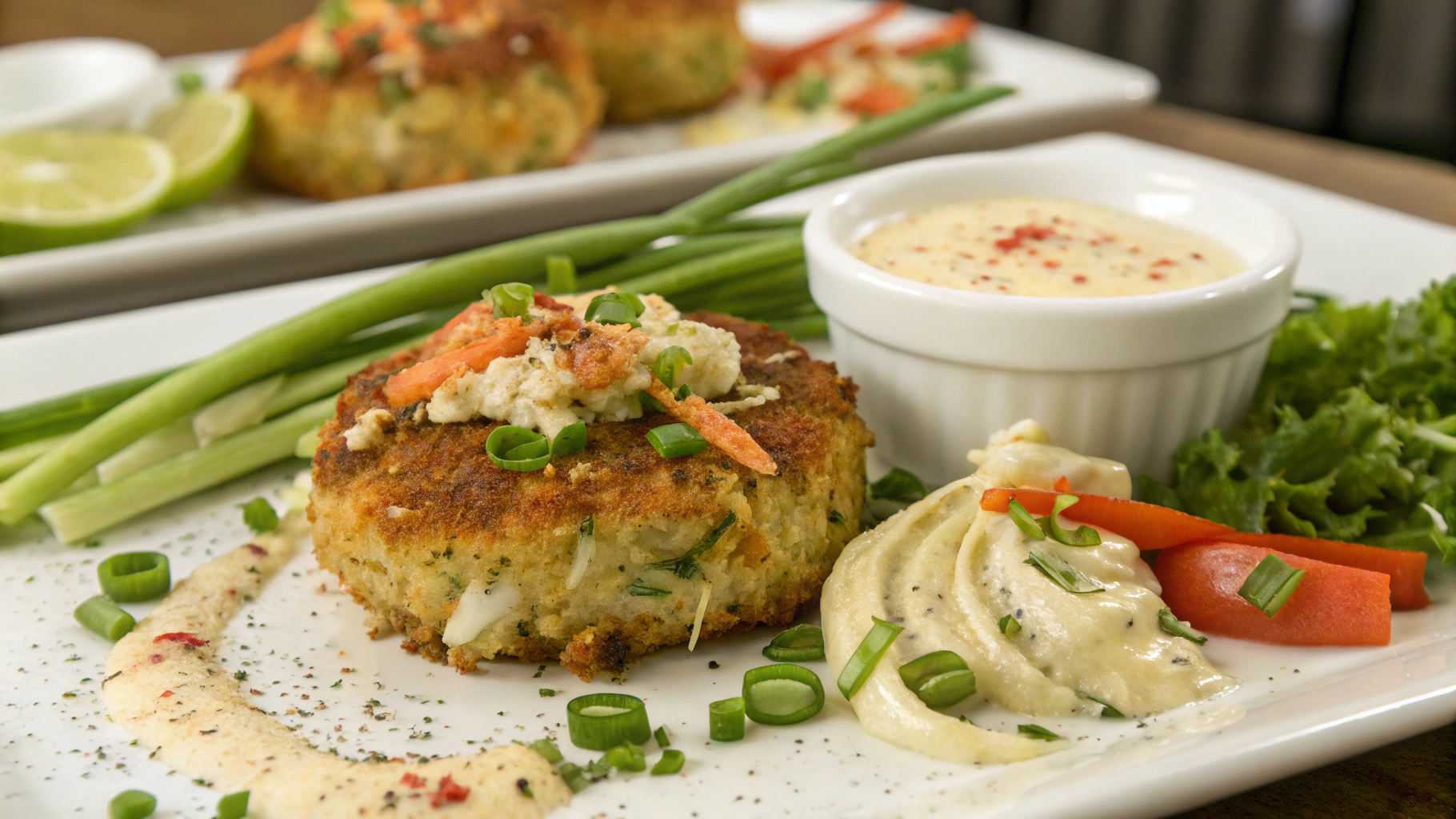
What is it that elevates a simple crab cake into a culinary masterpiece? Is it the perfectly crisp, golden-brown exterior, the moist and flaky centre, or the explosion of vibrant spices that whisks you away to the heart of the American South? For us, it’s a harmonious blend of all three, captured in one remarkable dish. We believe the key to the best crab cake recipe is a commitment to fresh produce, a skilful balance of seasonings, and a classic method that allows the crab’s natural sweetness to be the star. If you’re eager to master this Southern delicacy, you’ve certainly found the right place. We’re here to walk you through every step needed to craft delectable, restaurant-standard Louisiana crab cakes from the comfort of your home.
What Makes Louisiana Crab Cakes So Special?
In contrast to their northern counterparts from Maryland, which often champion simplicity, Louisiana style crab cakes are a vibrant festival of flavour. They serve as a delicious testament to the state’s diverse culinary history, weaving together French, Spanish, and West African threads to create a unique Creole and Cajun dish. This is what truly makes them stand out:
- The “Holy Trinity”: The cornerstone of much Louisiana cuisine, this combination of finely chopped onion, celery, and bell pepper forms a profound, savoury flavour base that beautifully enhances the crab.
- A Kick of Spice: These are certainly not timid crab cakes. They are liberally seasoned with Creole or Cajun spices, delivering a warm, peppery heat that dances on the tongue. We’re talking beyond basic salt and pepper; imagine cayenne, paprika, and an expertly chosen blend of herbs.
- Minimal Binder, Maximum Crab: Despite being packed with flavour, a genuine Louisiana crab cake never lets the seasonings overshadow the main attraction. The aim is to use just enough binding agent—a spot of mayonnaise, an egg, and a sprinkle of breadcrumbs—to hold the delicate lump crab meat together. It’s a delicate dance, but one that achieves a perfect result.
Choosing the Best Crab Meat for Your Cakes
The crab is, of course, the undisputed star of this dish. Opting for high-quality crab meat is essential if you want to achieve an outstanding outcome. While several varieties are available, we wholeheartedly recommend using fresh, hand-picked lump crab meat. The finest choice is the delicately sweet meat from the Blue Crab, a species found along the Gulf Coast. To discover more about this regional treasure, you can find a wealth of information from the Louisiana Seafood Board. Let’s explore the common grades you are likely to encounter:
- Jumbo Lump: These are the largest, most coveted pieces from the crab’s swimming muscles. They are ideal for a crab cake where you desire substantial, tender morsels of meat. Handle them gently!
- Lump: A mixture of smaller jumbo lump pieces and large flakes. This is our top pick for crab cakes, as it provides an excellent texture and binds together effectively.
- Backfin: Consists of smaller, flakier pieces of body meat. It offers good flavour but doesn’t have the impressive texture of lump meat.
- Claw Meat: This meat is darker in colour with a stronger, more assertive crab flavour. While excellent in soups and stews, its texture can be somewhat stringy for these delicate cakes.
For this particular recipe, we suggest using lump crab meat to get that ideal mix of texture, flavour, and form.
The Essential Ingredients for Our Louisiana Crab Cake Recipe
A Symphony of Flavours
To craft our signature crab cakes, we need an assembly of fresh, lively ingredients. Every single one has a vital part to play in constructing the layers of flavour, from the tangy mustard to the fragrant fresh herbs. Here is a comprehensive list of everything you will need to get started.
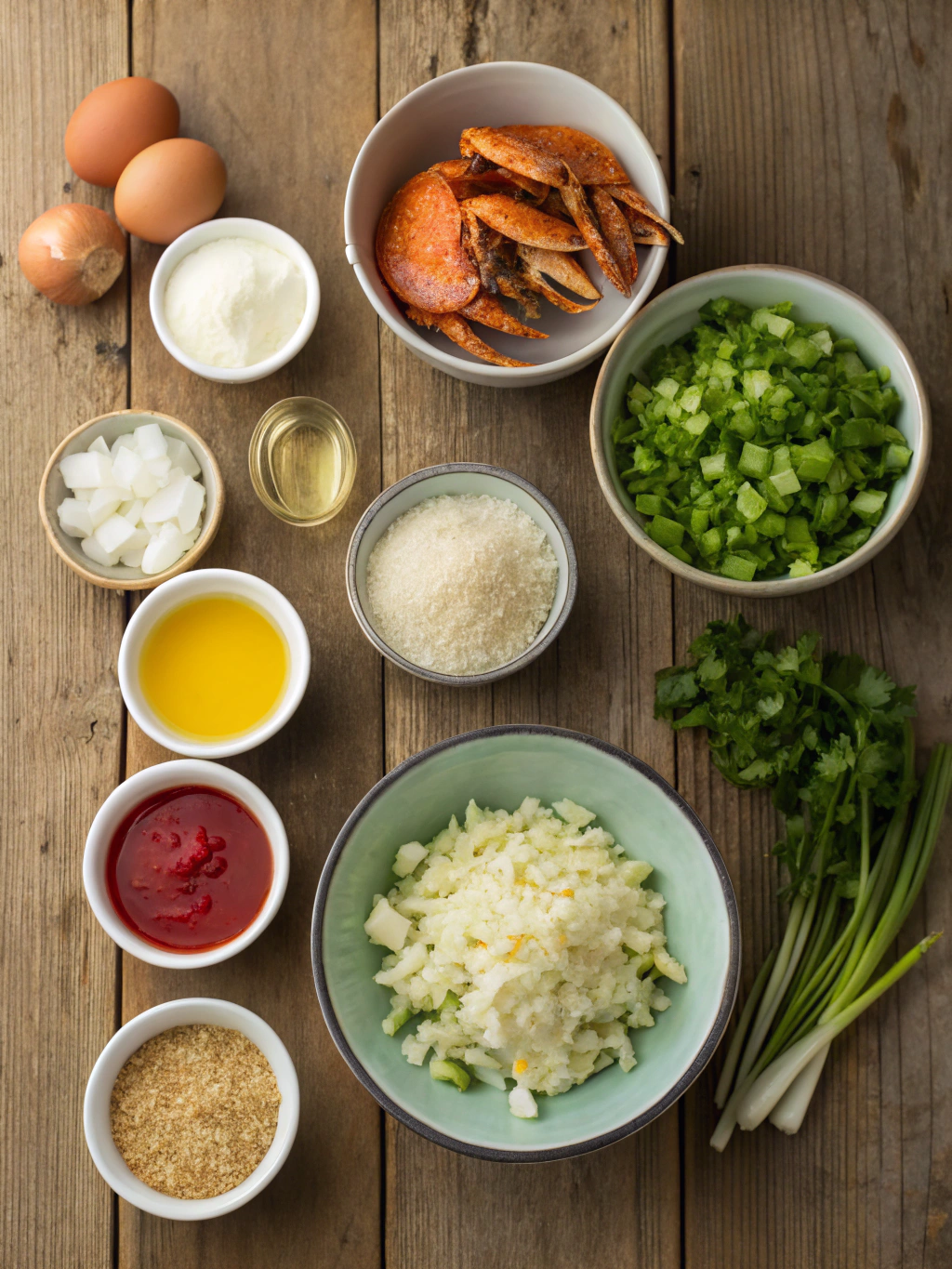
- 450g (1 lb) fresh lump crab meat, picked over for shells
- 1 tbsp unsalted butter
- 60g (1/2 cup) finely diced onion
- 60g (1/2 cup) finely diced celery
- 60g (1/2 cup) finely diced green bell pepper
- 2 cloves of minced garlic.
- 75 grams (1/2 cup) of plain breadcrumbs or panko, plus additional breadcrumbs for coating.
- 60g (1/4 cup) good-quality mayonnaise
- 1 large egg, lightly beaten
- 2 tbsp chopped fresh parsley
- 1 tbsp chopped spring onions (green onions)
- 1 tbsp Creole mustard or other spicy brown mustard
- 1 tsp Worcestershire sauce
- 1 tsp Cajun or Creole seasoning (like Tony Chachere’s or Slap Ya Mama)
- 1/2 tsp hot sauce (e.g., Tabasco), or to taste
- Juice of half a lemon
- Salt and freshly ground black pepper to taste
- Vegetable oil or a mix of butter and oil, for frying
Step-by-Step Instructions: Crafting the Perfect Crab Cakes
Creating these crab cakes is truly a labour of love, but it is far simpler than you might imagine. By following these steps with care, you are sure to be delighted with the magnificent results.
- Sauté the Trinity: Melt the butter in a medium frying pan over medium heat. Add the diced onion, celery, and bell pepper, and cook for 5–7 minutes, stirring occasionally, until tender. Stir in the minced garlic and cook for 1 more minute, until fragrant. Remove from the heat and allow the mixture to cool completely—this is a crucial step, as warm vegetables could begin to cook the egg when mixed with the crab.
- Prepare the Binder: In a large mixing bowl, combine the mayonnaise, beaten egg, Creole mustard, Worcestershire sauce, hot sauce, and lemon juice, whisking until the mixture is smooth and fully blended. Then, gently fold in the chopped parsley, spring onions, and Cajun seasoning.
- Combine Gently: Add the cooled vegetable mixture and the breadcrumbs to the bowl, stirring gently until everything is evenly combined. Stir until everything is just incorporated. Now for the crucial part: add the lump crab meat. With a spatula, gently fold the crab meat into the wet ingredients. Take great care not to break up those precious chunks of crab. The final mixture should be moist enough to hold its shape.
- Shape the Patties: Prepare a baking tray by lining it with parchment paper. Scoop out portions of the crab mixture—using an ice cream scoop helps to create uniform sizes—and carefully shape them into patties approximately 2 cm (3/4 inch) thick. This should yield about 8–10 crab cakes.
- Coat and Chill: Gently coat the outside of each crab cake with extra breadcrumbs or panko. This will give them an exceptionally crispy crust. Arrange the formed cakes on your prepared baking tray.
Pro-Tip: The Chilling Secret
Cover the baking tray with cling film and place the crab cakes in the refrigerator for a minimum of one hour, or for as long as four hours. Please do not miss this step! Chilling gives the binder time to set and allows the flavours to infuse. It is the real secret to making sure your homemade crab cakes hold together perfectly in the pan.
Cooking Your Crab Cakes to Perfection
You have several methods to choose from when it comes to cooking your chilled crab cakes. Our preferred technique is pan-frying, which gives that traditional crispy finish, but baking or using an air-fryer also yields wonderful results.
Pan-Frying (The Classic Method)
Add vegetable oil to a large, heavy-based frying pan until it is about 1 cm (1/2 inch) deep. Heat over a medium-high heat. Once the oil begins to shimmer, gently lower the crab cakes into the pan, ensuring there is space between them. Fry for 3–4 minutes on each side, until they are a rich golden brown and cooked all the way through. Move them onto a wire rack to drain—using a paper towel can make the bottoms go soggy.
Baking
Preheat the oven to 200°C (400°F) and place the crab cakes on a lightly greased baking tray, spacing them evenly apart. Bake for 12–15 minutes, turning them over once at the halfway point, until they are golden brown and piping hot.
What to Serve with Your Crab Cakes
A superb crab cake is worthy of an equally superb accompaniment. We adore serving ours with a piquant sauce and a crisp side dish to balance the richness.
Sauces and Dips
- Classic Rémoulade: A creamy, zesty, and tangy sauce that makes for a quintessential pairing.
- Lemon Aioli: A simpler but nonetheless elegant garlic-and-lemon-infused mayonnaise.
- Cocktail Sauce: For those who enjoy a sharp, vibrant kick.
Perfect Side Dishes
- A simple green salad dressed with a light vinaigrette.
- Creamy, homemade coleslaw.
- Roasted asparagus spears with a squeeze of lemon.
- Corn Maque Choux is a traditional Cajun corn dish that serves as a delicious side.
And to round off your meal with something sweet, why not indulge in a classic dessert? Our simple Banana Bread is always a winner. Alternatively, if you’re in the mood for a richer dessert, these Banana Bread Brownies are a must-try—decadent, delicious, and absolutely memorable.
Storing and Reheating Leftovers
Should you find yourself with any leftovers (though we doubt you will!), they can be kept in an airtight container in the fridge for up to three days. To achieve the best results when reheating food, it’s best to avoid using the microwave. Instead, arrange the crab cakes on a baking tray in a pre-heated oven at 175°C (350°F) for around 10 minutes, or until thoroughly heated. This method will help restore their lovely crisp texture.
Frequently Asked Questions (FAQ) about Cajun Crab Cakes
-
Is it okay to use tinned crab meat?
- We strongly advise against it. Tinned crab meat tends to be watery and can have a metallic aftertaste that will detract from the authentic flavour and texture of your crab cakes. For the best results, fresh or pasteurised lump crab meat is always the superior option.
-
What causes my crab cakes to fall apart?
- This is a frequent issue with a few potential culprits. The mixture might have been too wet, you may not have used sufficient binder, you might have been too vigorous when folding in the crab, or—the most common reason—you missed the essential chilling stage. Chilling helps the fats in the mixture to solidify, which in turn helps the crab cakes to keep their shape while cooking.
-
Is it possible to adapt this recipe to be gluten-free?
- Of course! You just need to swap the standard breadcrumbs for your preferred brand of gluten-free breadcrumbs. You should also check that your Worcestershire sauce is a gluten-free variety, as some are made with malt vinegar.
-
What are the differences between Cajun and Creole seasoning?
- The difference is subtle but significant. Creole seasoning typically contains a broader array of herbs such as oregano, thyme, and basil, which reflects its more European, “city-style” origins. Cajun seasoning tends to be a simpler, more rustic blend that focuses on pepper, salt, and garlic. Both options will work wonderfully for this recipe!
-
Can my Louisiana crab cakes be frozen?
- Yes, certainly!Food can be frozen either before cooking or after it has been cooked. For uncooked cakes, arrange the formed patties on a baking tray and freeze until firm. Afterwards, pop them into a freezer bag. You can cook them straight from frozen—just add a few extra minutes to the usual cooking time. For cooked cakes, allow them to cool fully before freezing in the same way. Reheat from frozen in the oven.
Conclusion: Your Journey to Crab Cake Mastery
And there you have it—our definitive guide to creating magnificent, authentic Louisiana crab cakes. We’ve let you in on the secrets: always opt for the finest lump crab meat available, construct a flavourful foundation using the Holy Trinity and Creole seasonings, be gentle when combining the ingredients, and, most importantly, never bypass the chilling stage.
You are now fully equipped to bring a delicious taste of the Bayou to your own dining table. This recipe is wonderful for a special occasion, a summer get-together, or simply whenever you feel like indulging in something exceptionally tasty. We would be thrilled to see how yours turn out! Feel free to share your photos and tell us about your experience in the comments section, or tag us on your social media. Happy cooking!

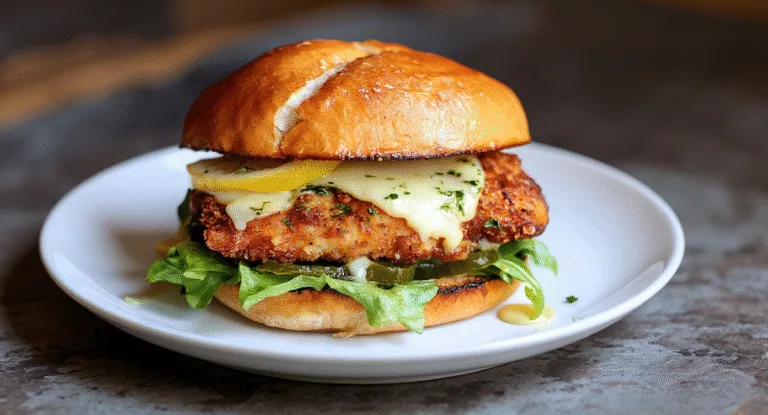
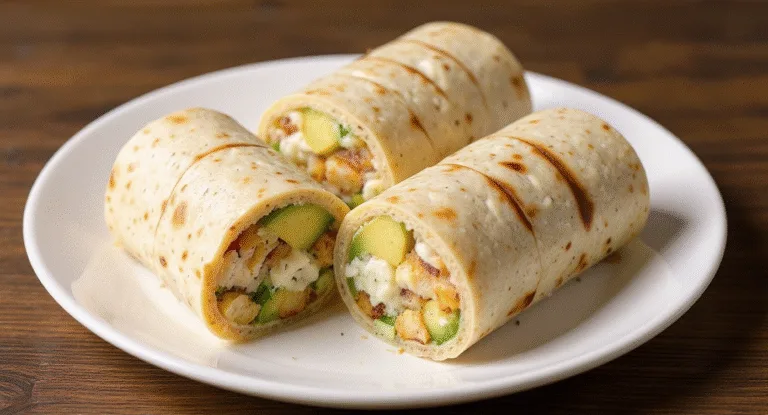
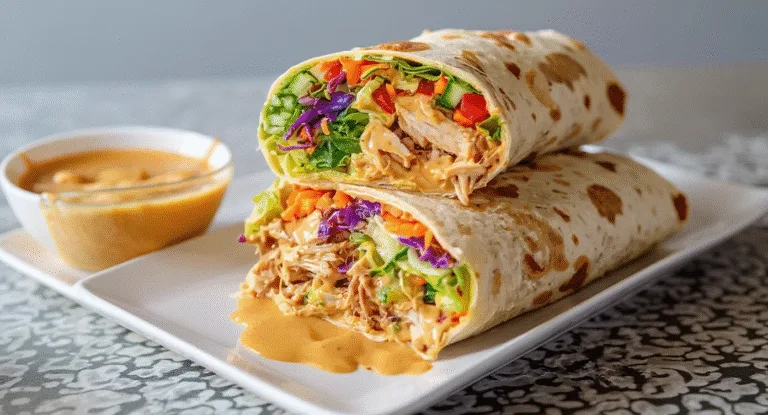
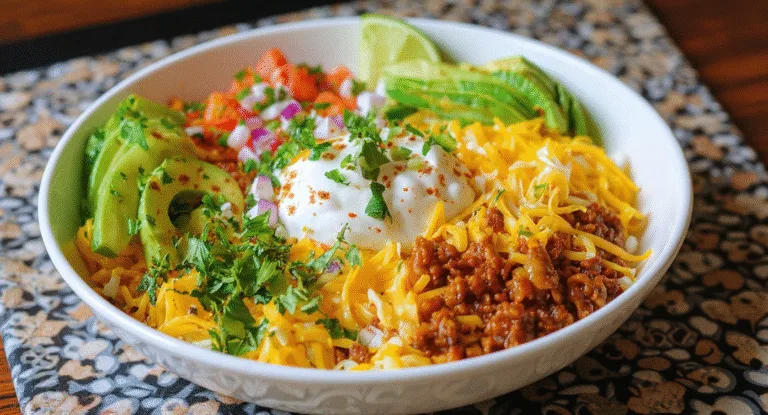
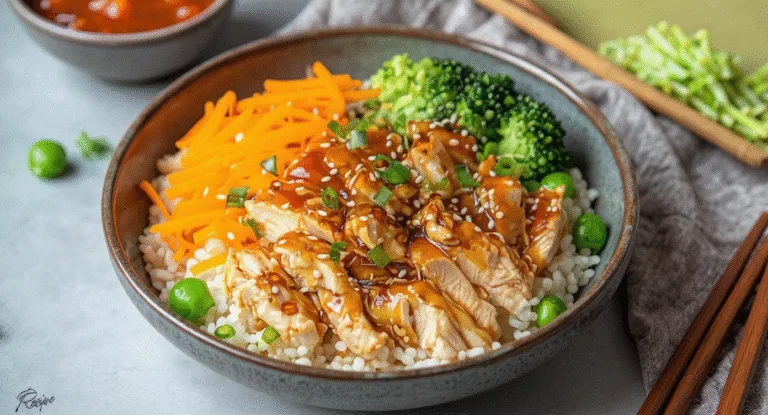
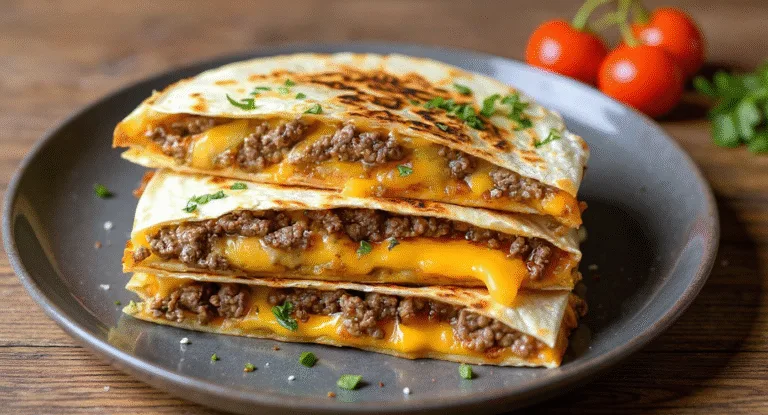
9 Comments
Comments are closed.